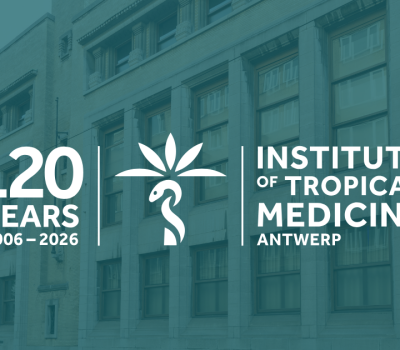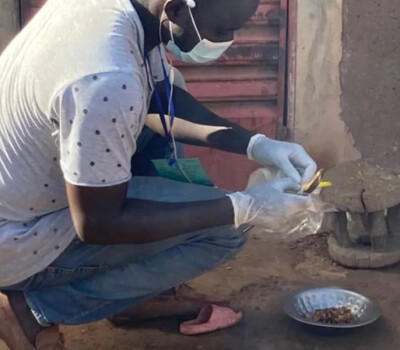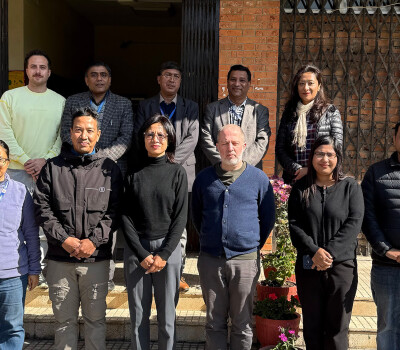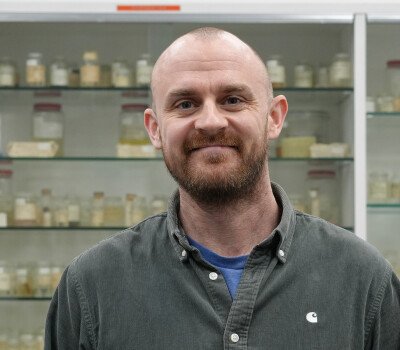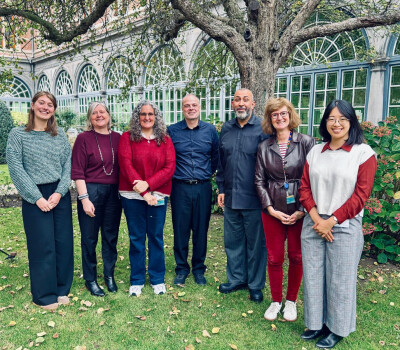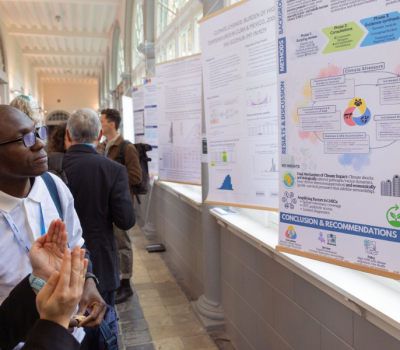Lack of investment in the main weapon in the fight against malaria is costing us dearly
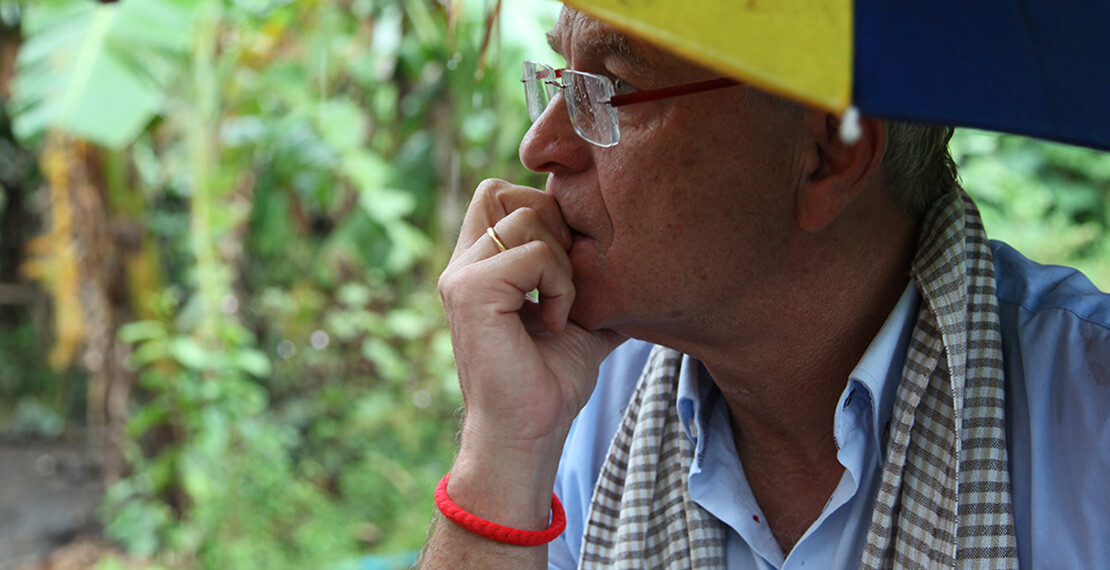
Prevention is better than cure, but both are important in the fight against malaria. Yet, much more money is spent on the development of new medicines than on research into new prevention tools. That is strange, particularly if we consider that the spectacular decline in malaria is largely a result of the use of insecticide-treated nets that prevent infections.
When I went to Africa as a young researcher in the early 1980s, a lot of people died of malaria. I specialised in medical entomology - the study of insects responsible for the deadliest diseases. In peak year 2004, malaria killed an estimated 1.8 million people. Much progress has been made since through the joint financial efforts of major donor countries within the Global Fund. The dramatic decline in malaria is mainly due to the worldwide control of malaria mosquitoes. According to the latest figures, malaria still causes almost 450,000 deaths annually. It is particularly worrying that the decline in the number of cases and fatalities has stagnated over the past three years.
Last month, I passed the torch to my younger colleagues after nearly 40 years of malaria research. My advice for the future is: invest enough in new prevention tools, unfortunately a neglected field in malaria research. The development of new medicines is crucial to save lives, especially in view of an increasing resistance to current combination treatments. The added value of vaccines as a means of prevention is far less certain.
Nevertheless, 10 times more money is ploughed into medicines and vaccines than into innovative control methods for malaria mosquitoes while history tells us that combating mosquitoes is the most important weapon in the fight against this disease. The reduction in malaria cases can largely be attributed to insecticide-treated nets of which more than 600 million have been distributed so far. Much of my research, evaluations for the World Health Organization and support for national malaria programmes was about these nets. Unfortunately, the malaria mosquito is a smart creature that adapts its behaviour. If it does not find enough arms and legs for its blood meal at night, it starts to bite earlier. What’s more, it has also started developing a resistance to insecticides.
We therefore urgently need to look for new prevention tools, starting with new insecticides. The use of sugar traps or the release of sterile males are examples of how we can further reduce the number of these mosquitoes. A successful strategy is always based on a combination of methods, adapted to the local environment. Now that malaria has been further rolled back, it’s the most disadvantaged and the poorest who remain the main victims. Poor housing is a manna for the malaria mosquito; research and control must take this into account. In "Christ stopped at Eboli" Carlo Levi wrote in 1945 that people in Southern Italy are inextricably linked to the sun, their animals and ... malaria. No happiness or hope for them, says Levi. Living conditions in Southern Italy have improved considerably after the Second World War and malaria is only a distant memory. In other words, there is indeed hope for those who are suffering from the disease.
Public authorities, research institutes and companies must join forces in the search for new prevention tools. Some of these measures lack a clear revenue model such as medicines and vaccines, but by creating the right conditions, these public-private partnerships should become the rule rather than the exception. This is the only way to increase our chances of putting a definitive stop to malaria.
That is my dearest wish for this World Malaria Day.
Professor Emeritus Marc Coosemans
Spread the word! Share this story on
